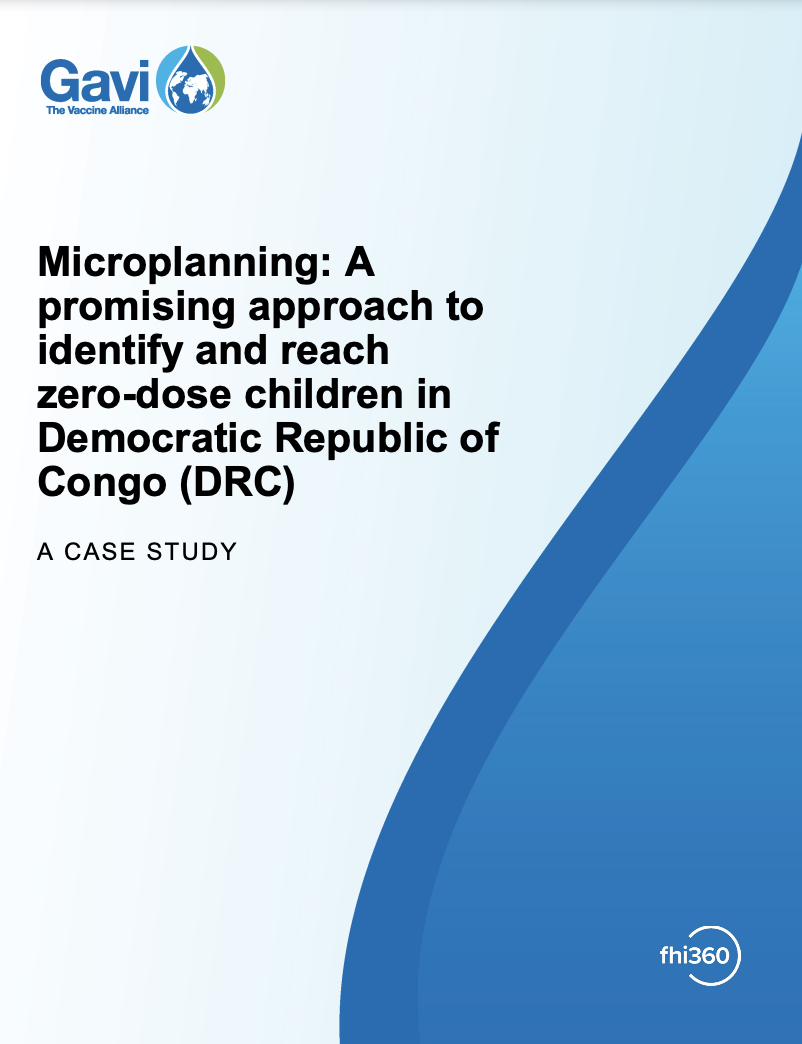Developing high-resolution population and settlement data for impactful malaria interventions in Zambia
To ensure the relevance and sustainability of geospatial data products for population, settlements, infrastructure, and boundaries , government partners must be involved from the beginning in their creation, improvement, and/or management, so they can be successfully applied to public health campaigns, such as malaria control and prevention. As an example, Zambia had an ambitious strategy of reaching the entire population with malaria vector control campaigns by late 2020 or early 2021, but they lacked the requisite accurate and up-to-date data on infrastructure and population distribution. To address this gap, the Geo-Referenced Infrastructure and Demographic Data for Development (GRID3) program, Akros, and other partners developed maps and planning templates to aid Zambia’s National Malaria Elimination Program (NMEP) in operationalizing its strategy.
| Authors | Derek Pollard, Busiku Hamainza, Emmanuel Kooma, Silvia Renn , Jolynn Schmidt, Hasim Engin, Matthew Heaton, John M Miller, Paul Psychas, Christina Riley, and Annie Martin et al. |
|---|---|
| Source | Journal of Environmental and Public Health |
| Published | 2022 |



